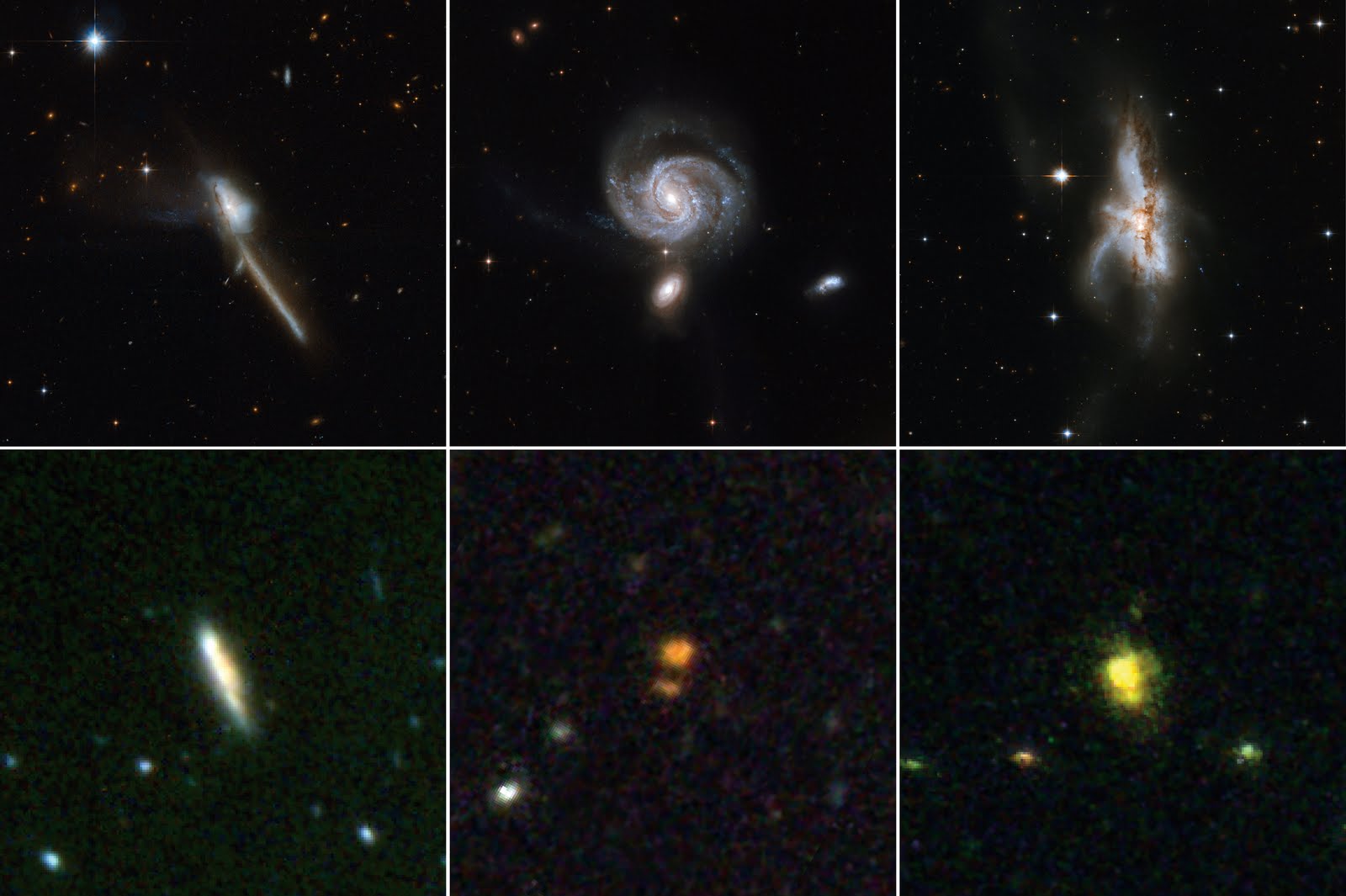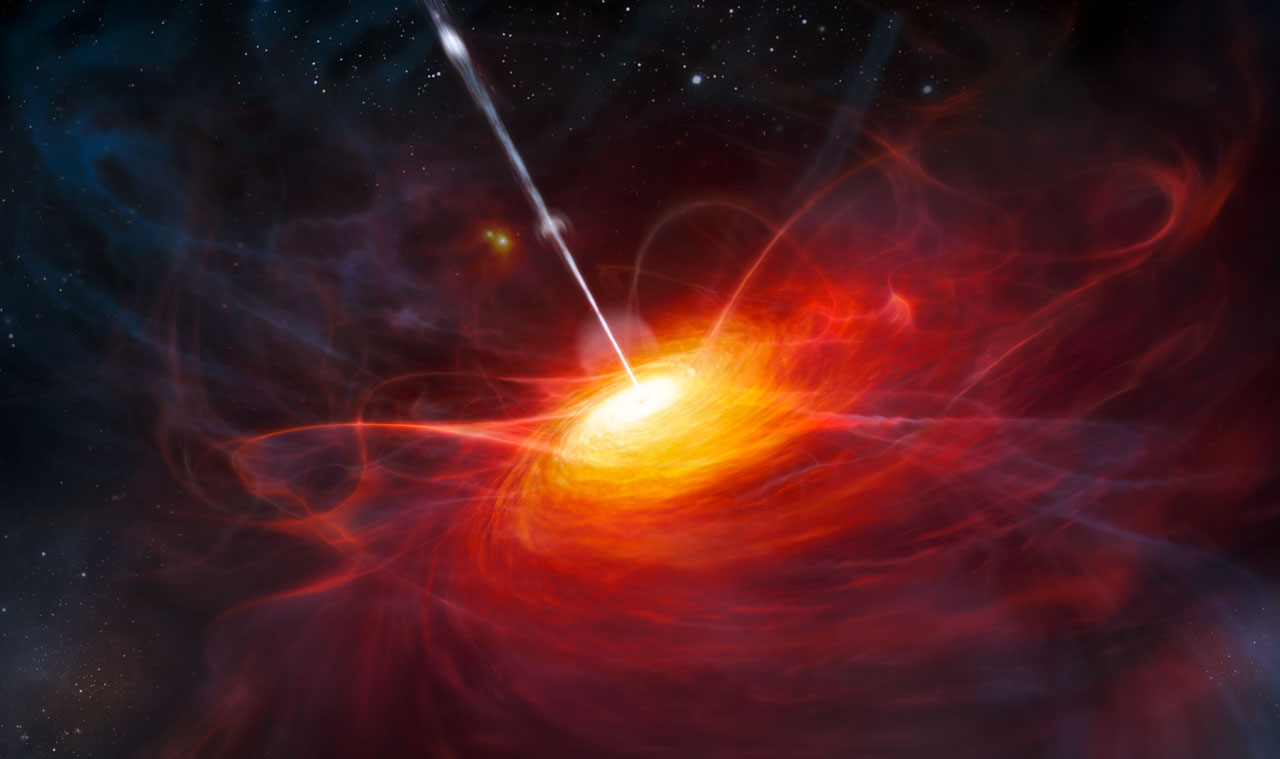

"This is so different from anything else we’ve ever seen that we hadn’t even gotten around to trying to classify it," Milisavljevic said. Computers didn't raise an alarm about it because it didn't fit standard concepts of galactic events. Researchers didn't find "Scary Barbie" until recently because it is far away in a "somewhat neglected corner of the sky," they say. Subrayan is a graduate student on the team led by Danny Milisavljevic, an assistant professor of physics and astronomy at the school, whose findings have been accepted for publication in The Astrophysical Journal Letters.

"The forces around a black hole, called tidal disruption, pull other objects apart in a process called ‘spaghettification.’ We think that’s what happened, but on extreme time scales: The most massive of black holes ripping apart a massive star," said researcher Bhagya Subrayan in a Purdue University news release. Or could 'Scary Barbie' be the celestial drama of a black hole devouring a star?Īnother explanation is offered by researchers at Purdue University’s College of Science: a supermassive black hole is ripping apart a star. “In three years, this event has released about 100 times as much energy as the sun will in its 10bn-year lifetime.”

The energy produced by "Scary Barbie" is about that of a “fireball 100 times the size of the solar system” Wiseman told The Guardian. The explosion was brighter but lasted only a fraction of the amount of time as "Scary Barbie," which is still being observed. The overall energy released by this explosion is far greater than that of the brightest explosion on record – a gamma-ray burst known as GRB 221009A reported last year by astronomers. Such events are very rare and nothing on this scale has been witnessed before." "Fragments of the cloud would be swallowed up, sending shockwaves through its remnants, as well as into a large dusty ‘doughnut’ surrounding the black hole. They believe the explosion is "a result of a vast cloud of gas, possibly thousands of times larger than our sun, that has been violently disrupted by a supermassive black hole," the researchers say in a press release describing the findings. Scientists have a futuristic plan to live underwater and 'unlock the ocean’s mysteries' Zombie attack plans from government are tongue-in-cheek, not actual plans | Fact check

There are different theories about what caused the explosion, which took place nearly eight billion light years away when the universe was about six billion years old.īut the team led by Wiseman speculates that a gigantic cloud of gas, mostly hydrogen, or dust had been orbiting a black hole and veered off course into it.
#Quasar black hole plus
For something to be bright for two plus years was immediately very unusual.” Is the largest known cosmic explosion a case of too much gas? “Most supernovae and tidal disruption events only last for a couple of months before fading away. “We came upon this by chance, as it was flagged by our search algorithm when we were searching for a type of supernova,” says Philip Wiseman, an astrophysicist at the University of Southampton, U.K., who led the research published in the Monthly Notices of the Royal Astronomical Society. When the space object was first detected in 2020 by the Zwicky Transient Facility in California, it was given the random name of "ZTF20abrbeie," and as it's gained attention also gained the nickname of “Scary Barbie.” It also earned the name "AT2021lwx," when it was picked up by the facility in 2021 as a transient object which changes in brightness dramatically or appears or disappears. The explosion is more than 10 times brighter than any known supernova, which is the dying of a massive star and the largest explosion in space, and three times brighter than the brightest tidal disruption event, in which a black hole tears apart a star and flings debris away. They call it "Scary Barbie." But it's not a new toy, it's a cosmic event astronomers agree is the largest explosion and brightest event ever witnessed in the universe.īut two teams of researchers have arrived at different explanations for the explosion, the brilliance of which has lasted for more than three years.


 0 kommentar(er)
0 kommentar(er)
